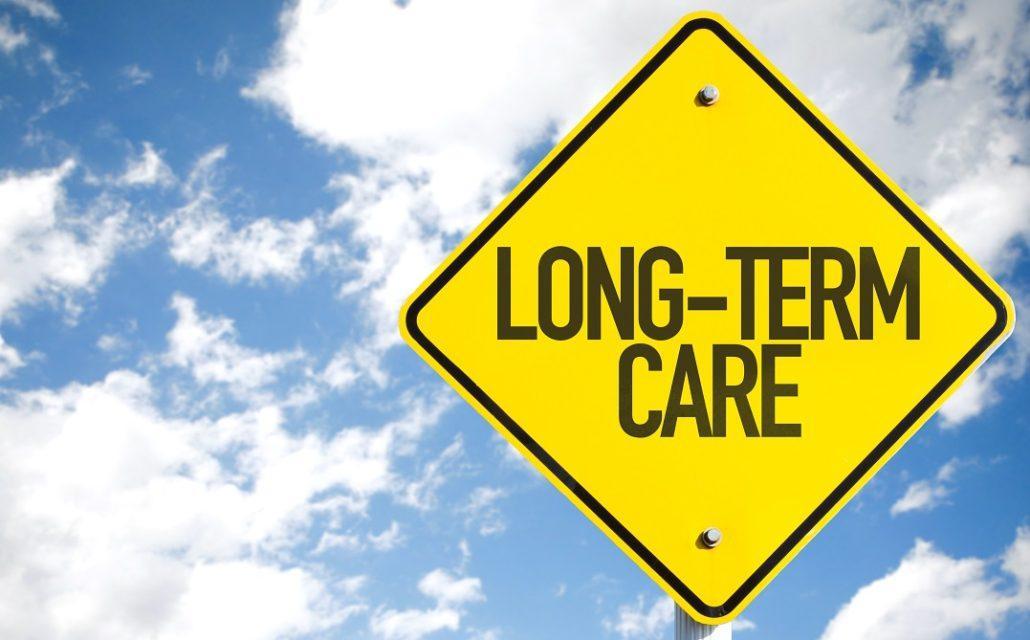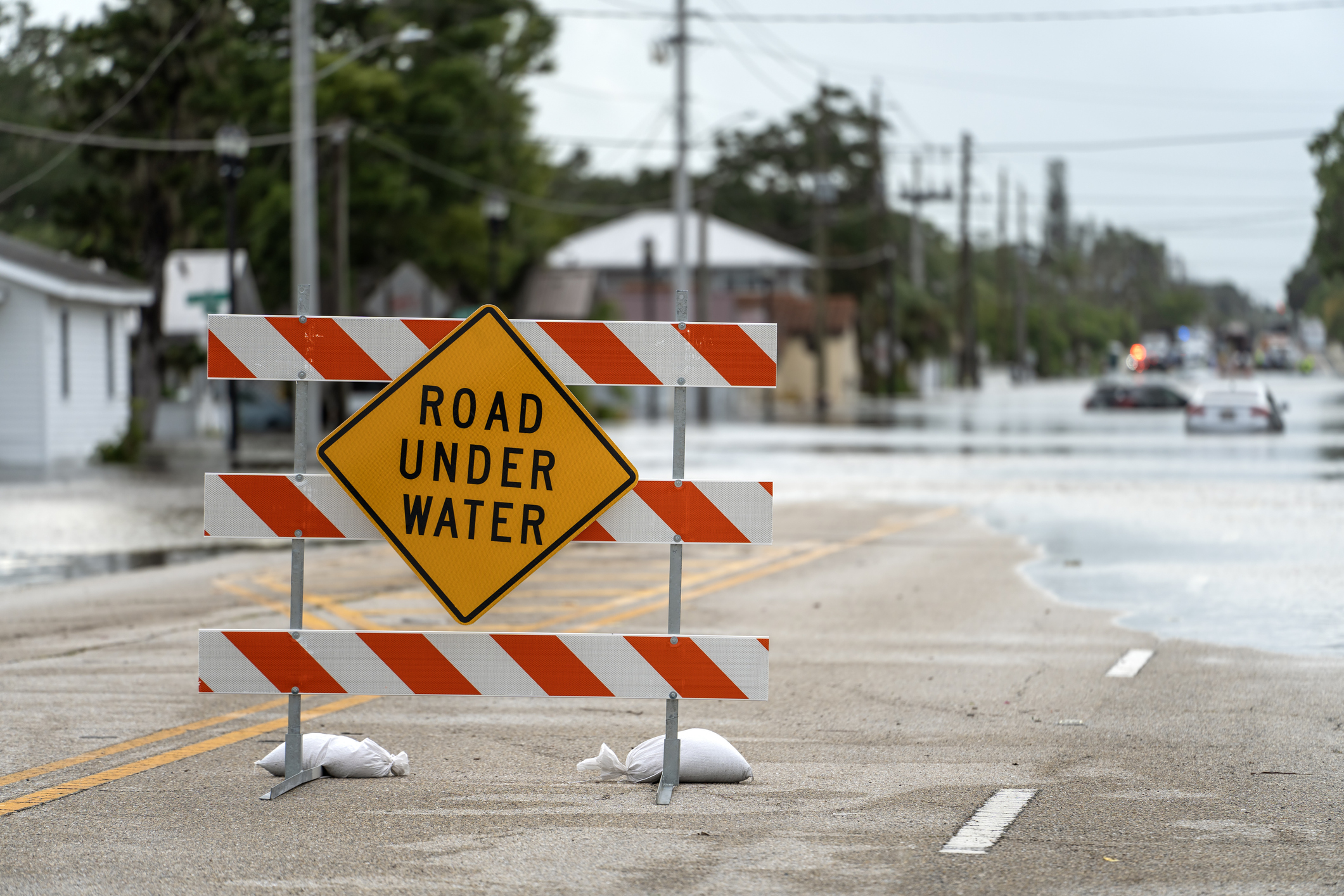The problem with relying on government is that you can't rely on it.
Eight months after the governor announced the first strict lockdown in his effort to contain the spread of COVID, he has announced very similar restrictions in response to a rapid increase in cases and hospitalizations. The severity of the restrictions is not only a problem for businesses and workers who are again facing difficult times. It shows that the state has learned very little in the past eight months about what causes the spread of the coronavirus and how to deal with it.
Some, frustrated by the high cost to workers and families, argue that the lockdown is unnecessary. I don’t think that is correct. We know the illness is spreading, hospitalizations are increasing, and that, especially for seniors, it is very serious. The fundamental problem is that the state’s failure to gather information about the illness means the Inslee administration doesn’t have the ability to take a more targeted and effective approach – a fact even they admit. The cost of that failure is now being paid by families.
The failures began early in the year.
In May, we revealed that Washington state testing was actually declining while other states like California and Oregon were increasing COVID testing. Without data, it was virtually impossible to identify who had the illness to ensure they weren’t inadvertently spreading it.
At the time staff in the governor’s office denied the problem, claiming testing was “very roughly steady.” The weasel words “very roughly” made it clear they knew the trend was downward but didn’t want to admit it. About a month later, when the media began asking embarrassing questions, the test numbers finally began increasing.
Since that time the state Department of Health (DOH) has continued to miss its own performance targets for controlling the spread of the illness and protecting the most vulnerable.
For example, the state’s “COVID-19 risk assessment dashboard,” released in June, includes “metrics/targets for protecting populations at higher risk.” Nearly six months later, state officials promise those metrics are “coming soon.” For those at most risk, those metrics – and the public accountability that is supposed to come with them – are far too late as the danger of infection and serious health consequences increases rapidly.
DOH is also failing to adequately trace the spread of the illness.
When asked why the governor was closing gyms, even though data indicate people going to the gym are not a cause of the spread, the governor’s press secretary noted, “The state’s outbreak data unfortunately has limitations due to contract tracing being voluntary and other constraints.” In other words, limited information means the only option is to shut everything down, even when the available data show it is overkill.
The reason tracing data is unavailable is that DOH is failing to get anywhere close to their promised target for contacting those who test positive. In June, the state set a goal of reaching 90 percent of people one day after a positive lab report. The state didn’t start reporting the results until late September. Thus far the best the state has done is to reach 65 percent of people one day after a positive lab test – about 30 percent below the target. There has been no reported data since October 17, more than a month ago.
Others have been asking about the lack of scientific support for some of the restrictions. Reporter Austin Jenkins asked the governor’s office why grocery stores are limited to 25 percent capacity when Oregon’s limit is 75 percent. The response: “We’ve done our best to address your question with the information we have.” Put more simply, the governor doesn’t have a good reason.
A newspaper columnist recently claimed the response by Governor Inslee “gets an ‘A’ in health,” but that the economic response has been poor. That, however, is the crux of the issue. It is easy to reduce the spread of the coronavirus if the cost to people and the economy is ignored. A strict lockdown – preventing people from leaving their homes except in a few circumstances – does work. Preventing anyone from leaving their home for any reason would work even better but would be horrible policy for obvious reasons. Amputating a leg to fight a treatable infection might “work,” but nobody would give the doctor an “A” for that extreme treatment.
Good policy requires addressing COVID in a way that doesn’t cause more harm to the economy. Those objectives are interlinked. In that area we have failed. In September, Yelp reported that Washington state has the 5th highest rate of business closure in the country, and the new lockdown will take an additional toll.
COVID is serious. A family member has it and is being hit pretty hard. Nationally, there have been more than 300,000 more deaths this year than typical according to the CDC. The illness is having a serious impact on Americans.
The issue, however, isn’t whether COVID is serious. It is that the state’s response hasn’t been serious. State leaders have failed at doing the things they could do to fight the illness without seriously harming the economy. Instead of accepting responsibility, they blame everyone else and we pay the price.





